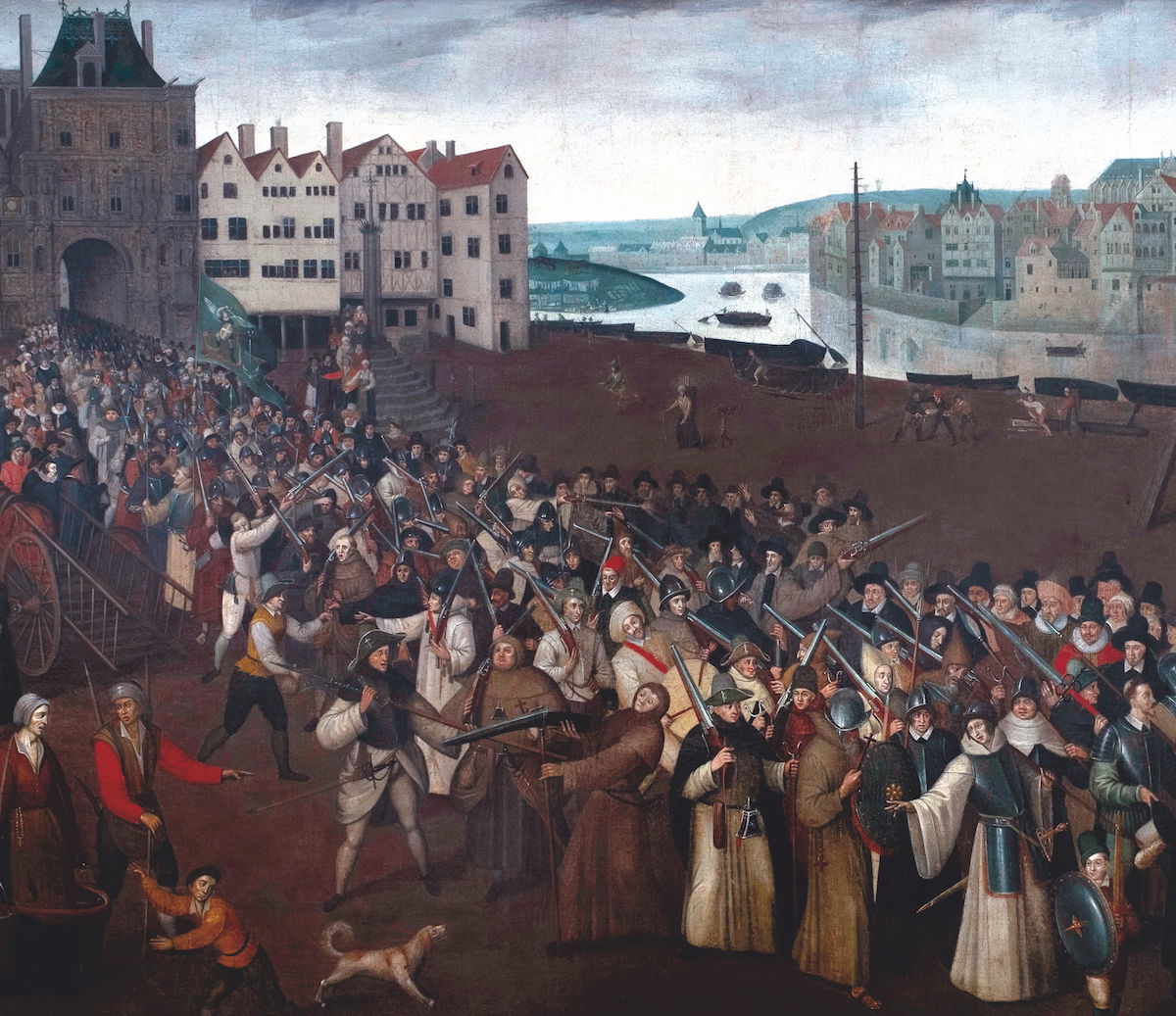A Widow’s Vengeance in the Wars of Religion
In late 16th-century France, a powerful noblewoman stood up to soldiers’ violence during the Wars of Religion. Using her wealth and connections she was able to defend her interests in court.

In April 1593 the widow Renée Chevalier wrote to her patron, the duke of Nevers, to protest about the atrocities committed on her lands by soldiers during the Wars of Religion (1562-98). A decade earlier, the soldiers had seized her chateau at Chaumot, some 100km southeast of Paris, and committed appalling acts of rape, homicide and theft against the villagers who lived under her protection. Chevalier addressed Nevers with deference, compressing her ‘most humble’ signature at the bottom of the page, but she also wrote with determination that justice should be done:
If there is fault then there should be punishment. But my lord I beseech you most humbly that it should be the guilty and not the innocent who are punished … Believe me that the fault lies with those men [the soldiers] and not with the poor people, who are naturally good and simple, yet fearful in the extreme of the extortions and thefts … the instigator of this crime deserves to be punished by death.







